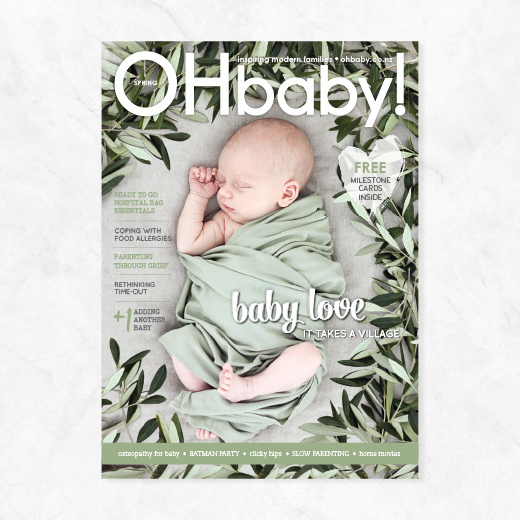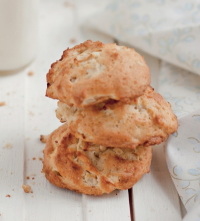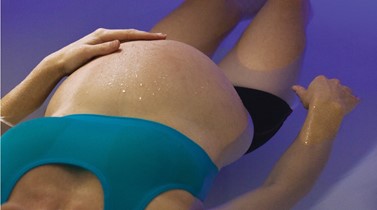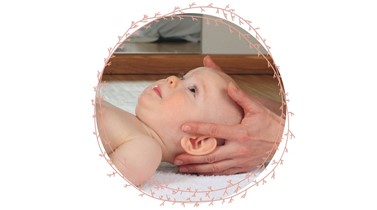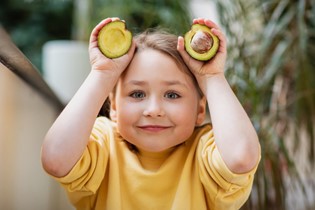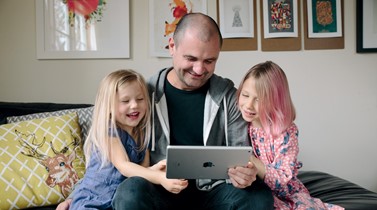From mash to mush: baby food, stage by stage
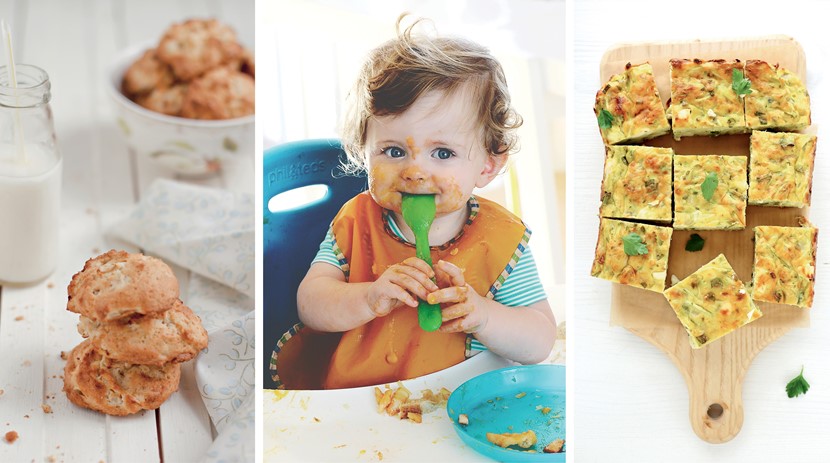
From mash to mush, baby food comes in a variety of textures important to your child’s development.
Sometime between four and six months old, your baby makes the exciting transition from a diet solely consisting of milk to one that includes solid food — although just how solid that food should be is an article in itself! Baby-led weaning, whereby you simply let your baby feed themselves from the very start of the introduction of solids, sidesteps the bowls of puree and mash and is a viable approach to feeding your baby. As mentioned, it is a subject in itself (read more at HERE).
Here we take a look at the progression from smooth puree to lumpy mash to finger food.
In the beginning
Being offered something other than milk for the first time must be quite a big moment for a baby. One of the signs that a baby might be ready for solids is showing an interest in the food the rest of the family are eating. Your baby may have started intently watching you eat, reaching out towards your food or attempting to grab your spoon. Clearly they are starting to understand that food goes in the mouth, but what that food actually feels like on its way down the hatch can come as quite a surprise. Hence a baby will generally start on a very runny, smooth mixture. No lumps at this point.
Smooth tips:
■ Baby rice mixed with breastmilk or infant formula is a good place to start. Ensure the consistency of your mixture is smooth and runny, and offer baby a very small amount on a teaspoon. Ideally have someone ready with the camera – figuring out how to swallow a teaspoon of solid (ish!) food is quite a milestone – messy as it may be!
■ Breastmilk and infant formula naturally have a slightly sweet flavour, hence babies tend to have a preference for sweet foods. While it’s best not to add sugar to any baby food, fruit and vegetables that are naturally sweeter are good first food options for babies. Carrots, kumara, pumpkin, apples and pears make great puree – simply peel, chop, boil until soft and then puree until smooth. Add water if your puree is too thick.
■ Take care when heating baby food. Warming food over hot water is ideal. Microwaves can create dangerous hot spots in food so always stir the food well and leave to stand before stirring again, if using a microwave to heat baby food.
■ Always use a clean spoon and only place a small amount in a feeding dish, storing the remainder safely for later.
■ Your baby will probably only eat a very small amount at each meal during this learning stage. Begin with just one meal per day, at a time when baby is not too tired. Don’t be surprised if they only eat a teaspoonful. Baby’s appetite will increase and you can gradually increase the amount they are eating accordingly.
■ Offer new foods one at a time, and keep offering them even if they are rejected initially. Babies and young children often need to try a new food many times before they will actually eat it.
■ Once foods have been tried and accepted, they can be offered mixed together – pumpkin and pear puree, anyone?
Different textures
Once a baby has the hang of puree (around seven months old), they are ready for some new textures – think mashed food with small soft lumps. Experiencing some more-challenging textures is an important part of the learning process. When you consider that the goal is baby being able to eat and enjoy all the textures and tastes of a typical family meal (which many can master by age one), baby has a lot to learn! Lumps in food actually play an important role in the development of the jaw muscles, as they encourage baby to practise chewing.
Lumpy tips:
■ It’s quite normal for a baby to spit out lumps as they are a rather surprising consistency if all you’ve been used to is milk and then runny puree. It’s important not to give up when the lumps are rejected, but instead keep offering them. Keep in mind that, like different tastes, babies also need repeated exposure to different textures before they are happily accepted.
■ Babies’ gums are capable of chewing soft food, so don’t worry if your baby doesn’t have teeth at this point – gums do a great job!
■ It is understandably frightening when you see your baby gag on food, but rest assured that gagging is also normal – it just moves the food to the front of the mouth so it can be chewed some more. It can look scary, but think of it as baby protecting his airways.
■ Quick and easy ideas for the lumpy mash stage include banana and avocado – simply peel and mash with a fork. Cooked vegetables like kumara, pumpkin, carrot and courgette also form a good texture for this stage.
■ With lumps mastered, your baby will have fun trying soft grated, cubed or diced food. For example, grated carrot or apple, cubes of cheese, or diced avocado. Cooked peas or sweetcorn kernels are also great for fine motor skills as baby practises his pincer grip.
■ Other great foods to help baby come to terms with texture include small pieces of cooked pasta, cooked soft lentils and cooked mince mixed with mashed vegetables.
Finger food fun
While spoons are great, the real fun happens with finger food! It goes without saying — eating with one's hands is a messy business, but it is also another important learning experience for a baby. Hand eye coordination and fine motor skills are where it’s at, in addition to all the learning around taste, texture and the feel of food.
Finger food tips:
■ Cut food into finger-sized pieces as these are easiest for baby to pick up.
■ Great finger food options include soft fresh fruit (avoid skin and seeds), cooked pasta, pieces of cooked vegetables (carrots, broccoli and kumara, for example), toast fingers, plain biscuits and crackers, vegetable fritters or frittata, or slices of hardboiled egg.
Recipes below shared with thanks to Wattie's ForBaby.

AS FEATURED IN ISSUE 35 OF OHbaby! MAGAZINE. CHECK OUT OTHER ARTICLES IN THIS ISSUE BELOW
